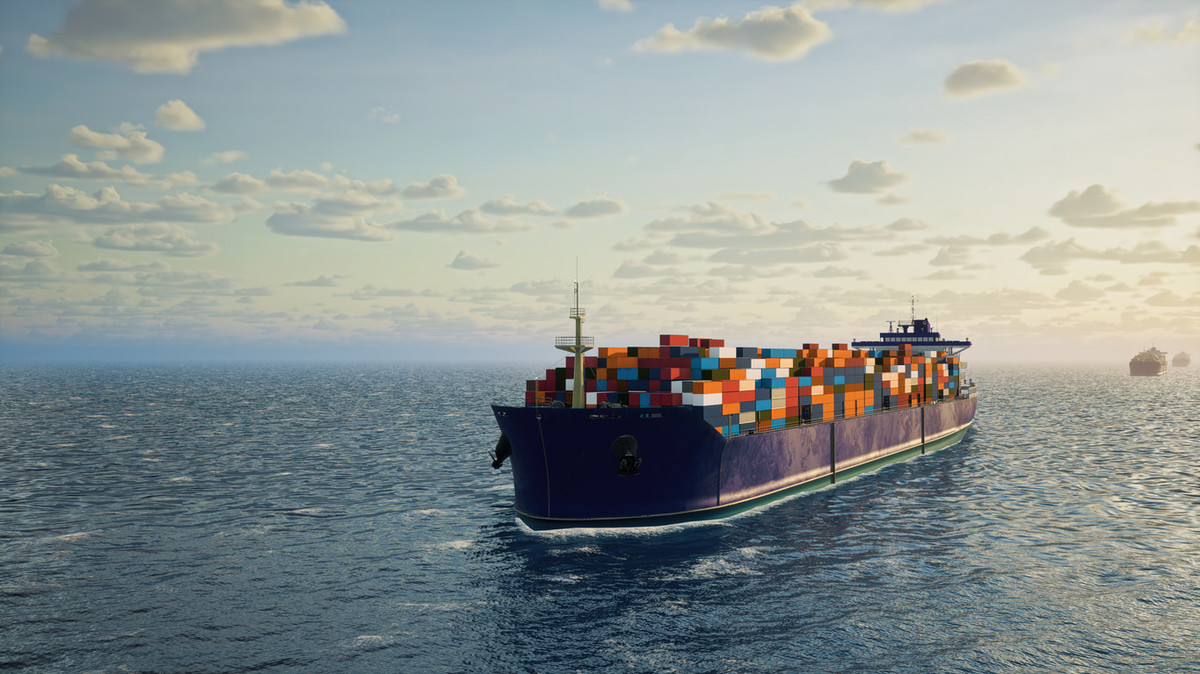Integrated blue ammonia production process to capture 99% CO2
Johnson Matthey (JM) and Thyssenkrupp have signed a Memorandum of Understanding (MoU) to combine their expertise for an integrated blue ammonia production process.
 PHOTO: A container ship at sea. Getty Images
PHOTO: A container ship at sea. Getty Images
London-based sustainable tech firm JM and the German engineering firm Thyssenkrupp claim their integrated process will enable blue ammonia production with up to 99% CO2 capture.
The blue ammonia produced can also be used in the shipping sector, the duo says.
Blue ammonia is typically blue hydrogen combined with nitrogen captured from the air and put through the Haber-Bosch process. Hydrogen is fossil-derived, as it is produced from the steam methane reforming of natural gas. But the carbon dioxide (CO2) emitted during this production process is captured. This can render the blue ammonia low- or zero-carbon.
JM's blue hydrogen production process relies on Low Levelised Cost of Hydrogen (LCOH). The LCOH method analyses the total costs of hydrogen production. The process also lowers carbon intensity as it captures CO2 produced by 99%, JM claims.
Thyssenkrupp’s ammonia production process uses reformers and converters to desulphurise feedstock like natural gas. This is done by mixing it with steam over nickel catalysts at high temperatures (800 degrees Celsius).
Under the MoU, JM’s hydrogen production process will be integrated with Thyssenkrupp’s blue ammonia production method to produce ammonia with lower CO2 emissions.
Ammonia demand for the shipping sector will witness rapid growth by 2050. According to the International Renewable Energy Agency (IRENA) projections, ammonia demand for the shipping sector may increase to over 500 million mt in 2050.
By Manjula Nair
Please get in touch with comments or additional info to news@engine.online





